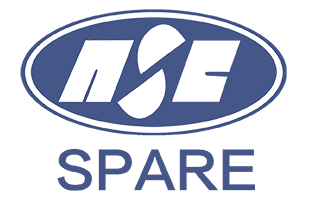The pultrusion process is a method of molding in which continuous untwisted roving, mats, tapes, or cloths soaked in glue are drawn and extruded through a heated mold under traction, solidified, and continuously produced without limitation in length. Here are the main materials used in the pultrusion process:
1. Resin Matrix:
– Unsaturated Polyester Resin: Mainly orthophthalic and isophthalic types are used in pultrusion. Isophthalic resin has better mechanical properties, toughness, heat resistance, and corrosion resistance. Orthophthalic type is more commonly used due to its price advantage.
– Vinyl Ester Resin: It has good comprehensive properties and can improve chemical resistance and hydrolysis stability.
– Epoxy Resin: Compared with unsaturated polyester resin and phenolic resin, it has excellent mechanical properties, high dielectric properties, surface leakage resistance, and electric arc resistance, making it an excellent insulating material.
– Phenolic Resin: It’s the earliest type of thermosetting resin with outstanding instantaneous high-temperature ablation resistance and is now successfully used in the pultrusion process.
– Polyurethane Resin: Polyurethane (PU) is a high polymer formed by crosslinking and curing diphenyl diisocyanate and polyether polyol in the presence of a catalyst triethylenediamine.
2. Reinforcement Materials:
– The main reinforcement materials used in pultrusion are glass fibers and their products, such as untwisted roving and glass fiber mats. To meet the special performance requirements of products, aramid fibers, carbon fibers, ultra-high molecular weight polyethylene fibers, and basalt fibers can be used.
– The types of glass fibers used in the pultrusion process mainly include alkali-free, medium-alkali, and high-strength glass fibers. The types of glass fiber products include untwisted roving, short-cut mats, continuous mats, surface mats, stitched mats, and glass fiber stitched fabrics. Combination of glass fiber reinforcement materials can adjust the longitudinal and transverse strength of the product.
The specific use of each material depends on the product’s requirements, so careful selection is needed.

